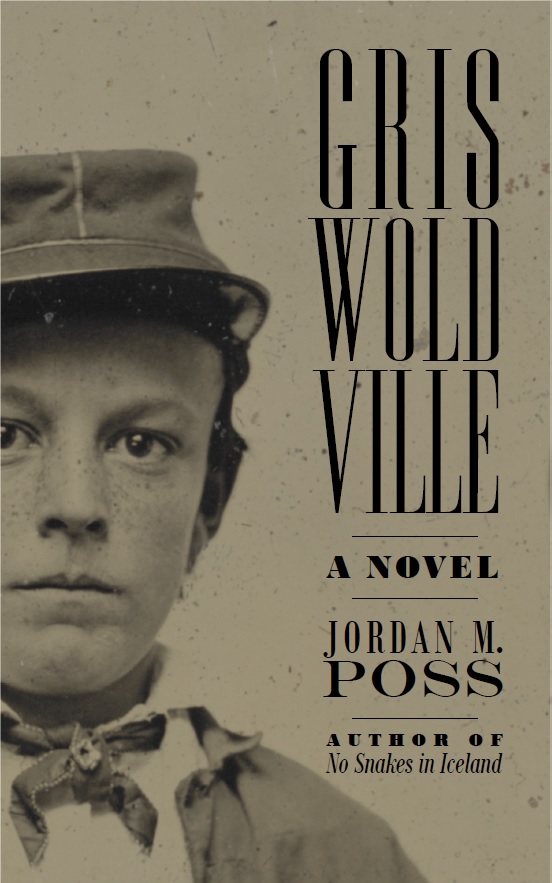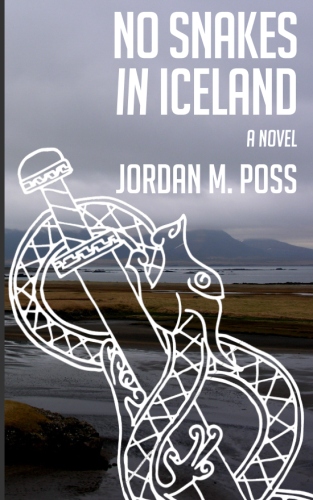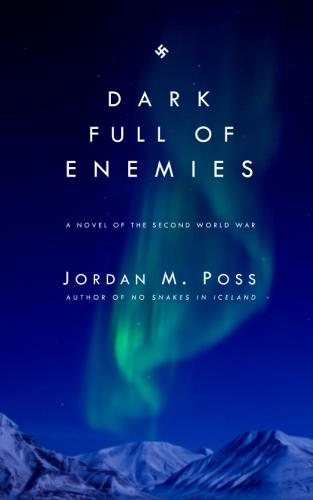Yesterday marked the second anniversary of the launch of my author website, which I still think of as new. When I was first setting the website up through Squarespace I almost deleted its blog function but decided to keep it. I’m glad I did. It’s far and away the most visited part of the site and—the reason I kept it at all—it’s become a great outlet for quotations, reflections, reviews, and other small writing projects. It’s helped me stay limber as a writer, kept the gears greased and the engine warm.
I’ve also learned a lot from it, especially as I’ve tried to use the website to promote my books and tried to figure out the whole independent author thing. Here are a handful of lessons learned from the first two years of writing this blog:
You can’t always predict what readers will respond to
Some of the posts I’ve put a lot of effort into have gone over like lead balloons. I work on one, sweat over it, post and share it and—crickets. It’s hard not to find that disheartening. I’ve learned to respond to this in two different but sometimes overlapping ways:
First, drop what’s not working. I ran across this piece of advice in a book on social media for authors. Don’t spend effort on work that gets no result. This is the reason—or at least a reason—I dropped my Historical Movie Monday series. I didn’t have the time or the energy for the paltry response they got and decided to use my limited energies elsewhere.
Second, just keep doing your thing. I mostly write this blog for me—more public but less open than a diary, but serving much the same function. Alan Jacobs has called his blog a “commonplace book,” and I’ve certainly used this one as such. So even when something I’ve worked on and polished to a shine fails, the point has been the doing of it. I’ve gotten practice, I’ve grown at least a little bit. That alone makes it worthwhile.
What readers do respond to will surprise you
Of the top fifteen most popularly visited posts on this blog, I might have predicted two or three of them. Those are ones I really spent time on and tried to make worthwhile to whomever might read them. Some others are notes or reflections I rattled off and posted and didn’t look back at. The rest are somewhere in between. The point is that there’s no telling what will find a readership and what won’t.
But if the results are as unpredictable as my first point suggests, you need to do your best on everything you put out there. You don’t want the post that finally finds a big audience—because of Google or a share in a newsletter or on Facebook or whatever—to be the post where you were neglecting the craft of writing. Not everything has to be as profound as Shakespeare, as rich as Dante, as insightful as Jane Austen, as polished as Evelyn Waugh, or even as funny as Dave Barry, but everything should be best of its kind that you can make it.
Sometimes it just takes time
I mentioned how I stopped putting together Historical Movie Monday posts because they didn’t get a response commensurate with the effort I had put into them. Well, guess what have proven the most popular posts on this blog in the last two years?
Since first posting them almost two years ago, my critiques of Kingdom of Heaven, Hacksaw Ridge, The Winter War, and The Alamo have, via Google and other search engines, become the most popular things on this website, and it’s not even close. It just took some time.
That’s a good reminder of the value of patience and endurance. We live in a world of instantaneous results; if we can’t see the benefit immediately, it has no value to us, and nowhere is this more true than online. But patience is the key. No good thing is gotten without effort, and effort requires the patience and tenacity to outlast those who give up. This is a lesson any writer needs to learn—especially if you’re self-publishing—and the reminder has been good for me.
Humility
So if your best efforts don’t get the readership you want, you can’t predict what will, and you just have to give it time while you put your back into it and slave away, the result should be humility—humility before the tradition and craft you practice first and foremost, but also a humility before the people who may (or may not) read your stuff and the forces that (fairly or not) bring your stuff to those readers.
Railing against failure is a failure of humility. It’s entitlement, perhaps the besetting sin of our world. (Cf the comments on instant gratification above.) And when you reject this kind of humility, refuse to adopt it as part of the necessary discipline of writing, the result isn’t just pride, it’s resentment.
Gratitude
I don’t think we live in an age of wrath or fear so much as an age of resentment. What we desperately lack is gratitude, which is the best antidote for resentment. It’s something I’ve been working on personally for a long time, and I hope it informs my writing—both here and in my novels. Because if grateful people are also the most generous—as seems to be the case—a grateful writer is going to be most generous to his readers.
So for all the surprises, both good and bad, successes and disappointments, I’m thankful that I have this website and this blog and that I have readers. Y’all mean a lot to me.
It’s been a great two years. I look forward, gratefully, to many more.






























